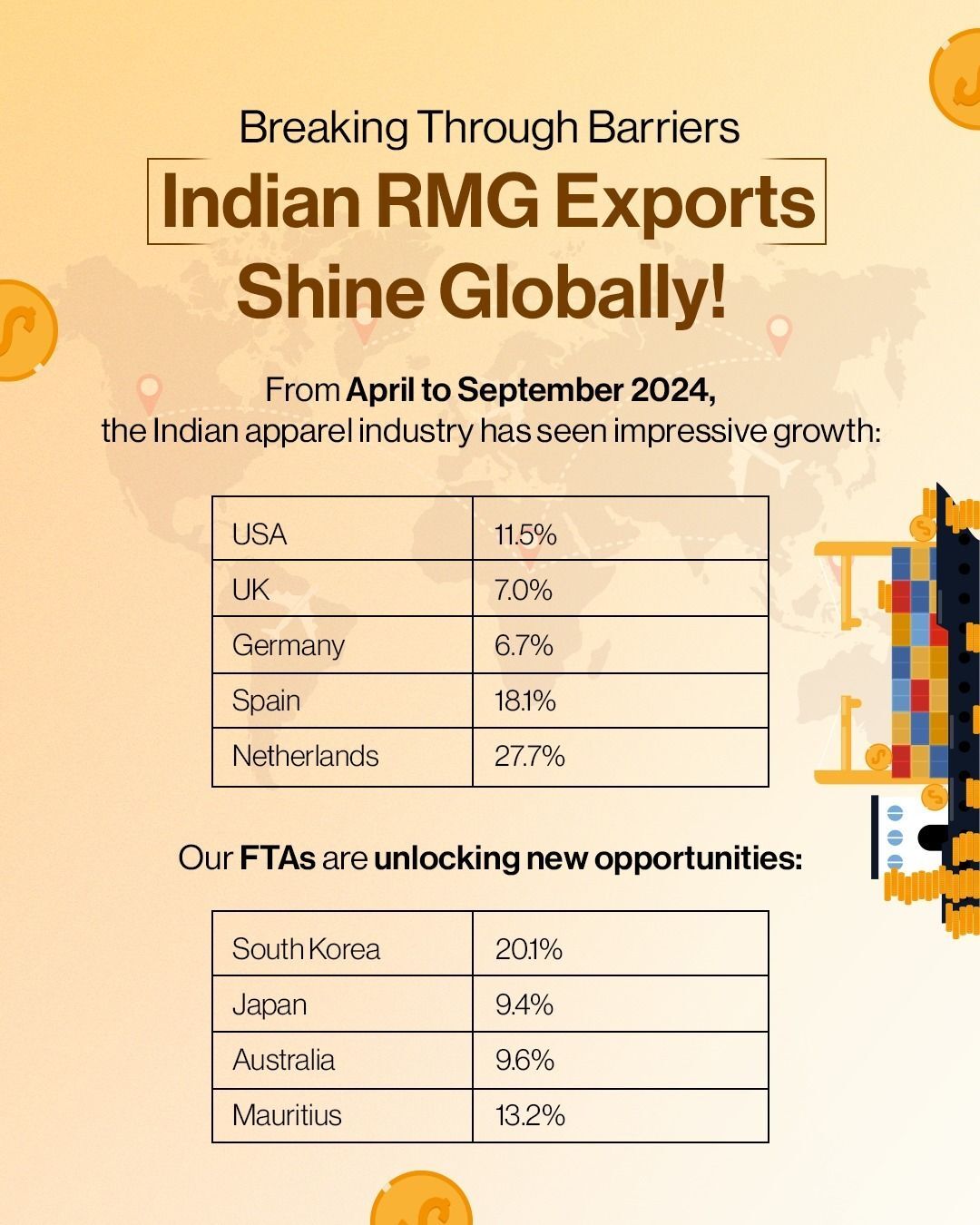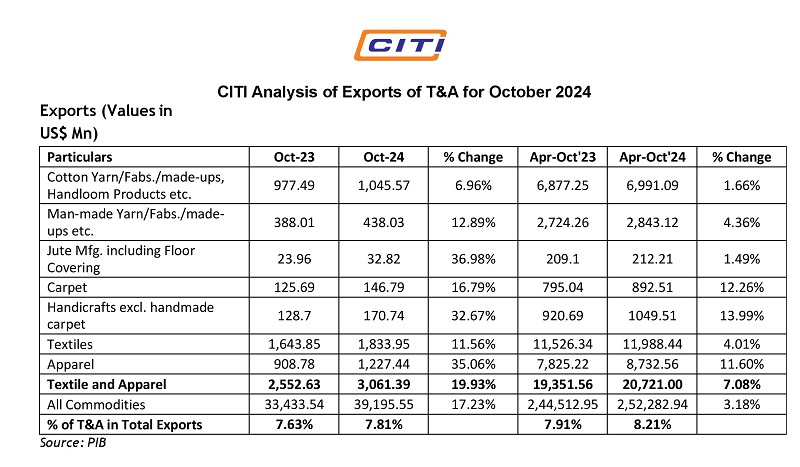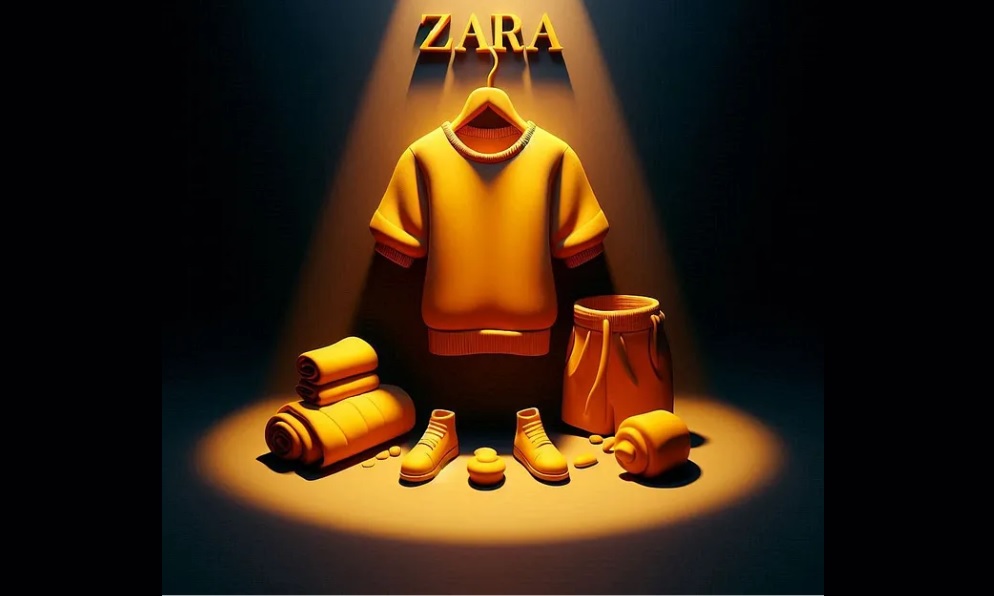
The term ‘China Shock’ refers to the significant economic impact felt across the globe following China's rapid integration into the world economy in the early 2000s. This phenomenon was characterized by an increase in Chinese exports, particularly labor-intensive industries such as manufacturing, leading to significant job losses and factory closures in many developed economies. The US, in particular, experienced a stark decline in manufacturing employment, estimated at around 2.4 million jobs between 1999 and 2011.
However China Shock was not limited to developed countries. Developing nations, while benefiting from cheaper Chinese imports, also faced challenges in competing with China's low-cost manufacturing prowess. Many industries in these countries struggled to survive, leading to job losses and economic disruptions.
India's experience
India, despite its large and growing economy, was not immune to the effects of the China Shock. While some sectors benefited from increased trade with China, others, particularly those in labor-intensive industries like textiles and apparel, faced stiff competition. Chinese imports flooded the market, undercutting domestic producers and leading to job losses.
Table: Impact on India-China trade during China Shock
|
Year |
India's exports to China ($ bn) |
India's imports from China ($ bn) |
Trade balance |
|
2001 |
1.8 |
1.9 |
-0.1 |
|
2003 |
3 |
3.9 |
-0.9 |
|
2005 |
6 |
11.3 |
-5.3 |
|
2007 |
10.8 |
23 |
-12.2 |
|
2009 |
11.5 |
28.7 |
-17.2 |
|
2011 |
16.4 |
48.8 |
-32.4 |
Source: Ministry of Commerce and Industry, Government of India
The table illustrates, India's trade deficit with China widened significantly during this period, indicating a surge in Chinese imports. This had a profound impact on several Indian industries, including textiles and apparel. However, India's experience was not entirely negative. It also presented opportunities for growth and development. The influx of Chinese investment and technology helped to modernize certain sectors of the Indian economy. Moreover, the increased competition forced Indian businesses to become more efficient and innovative, leading to improvements in productivity and quality.
Impact on textile & apparel industry
The textile and apparel industry was particularly hard hit. China's low labor costs, coupled with its vast manufacturing capacity, enabled it to become the world's dominant player in this sector. Chinese textiles and apparel flooded global markets, displacing domestic production in many countries. The US textile industry is a stark example of the impact of the China Shock. Between 1990 and 2007, the US lost over 750,000 textile and apparel jobs, almost over 60 per cent decline. Many textile mills and apparel factories closed down, leaving entire communities devastated.
Table: Global shift in textile and apparel production
|
Region |
Share in 1995 |
Share in 2019 |
|
China |
18% |
38% |
|
European Union |
24% |
15% |
|
United States |
11% |
3% |
|
India |
4% |
5% |
|
Other |
43% |
39% |
China Shock 2.0
In recent years, there has been growing discussion of a China Shock 2.0, a new wave of economic disruption due to China's evolving economic landscape. Several factors are contributing to this phenomenon:
• Rising labor costs in China: Wages in China have been rising steadily, eroding its cost advantage in labor-intensive industries.
• Technological aadvancements: China is investing heavily in automation and robotics, leading to increased productivity and reduced reliance on labor.
• Shift towards high-value manufacturing: China is moving away from low-value, labor-intensive manufacturing and focusing on high-value, technology-driven sectors.
• Geopolitical tensions: The ongoing trade war between the US and China, coupled with growing geopolitical tensions, is disrupting global supply chains and creating uncertainty for businesses.
Impact on global textile & apparel industry
China Shock 2.0 is expected to have significant implications for the global textile and apparel industry. As China's cost advantage diminishes and it shifts towards high-value manufacturing, production is likely to shift to other countries with lower labor costs. This could lead to a resurgence of textile and apparel manufacturing in some countries, while others may struggle to compete.
One major impact is a shift in production to countries like Vietnam, Bangladesh, and India, with their large pools of low-cost labor, are likely to see an increase in textile and apparel production. At the same time some companies may choose to bring production back to their home countries, closer to their consumer markets, to reduce reliance on long and complex supply chains. Rising cost of labor in China is likely to accelerate the adoption of automation and robotics in the textile and apparel industry globally. And with consumers are increasingly demanding sustainable and ethically produced clothing, innovation will get a boost which will create new opportunities for businesses.
Indeed China Shock 2.0 could result in a shift in production and create new opportunities for businesses in countries with lower labor costs. However, it could throw-up several challenges. First, the shift in production to other countries is likely to intensify competition in the global textile and apparel market. Also, the ongoing trade war and geopolitical tensions could lead to further disruptions in global supply chains, creating challenges for businesses. And companies will need to invest in new technologies and upgrade their skills to remain competitive in the face of automation and robotics.
The bottomline is, China Shock 2.0 is a complex and multifaceted phenomenon that is likely to have a significant impact on the global textile and apparel industry. While it presents challenges, it also offers opportunities for growth and development. Companies that can adapt to the changing landscape, invest in new technologies, and focus on sustainability are likely to thrive in the new era of global textile and apparel production.












